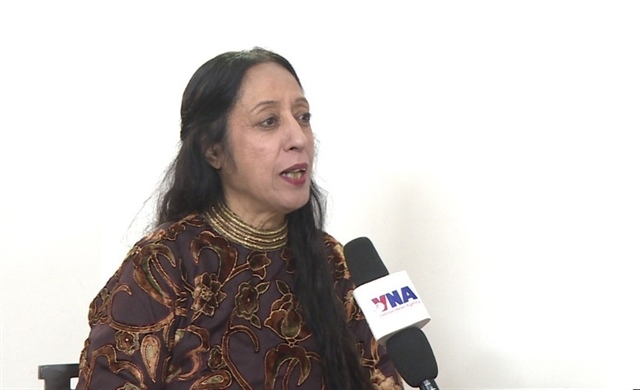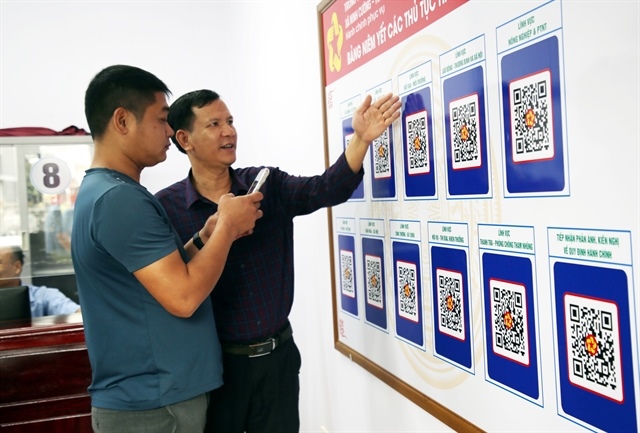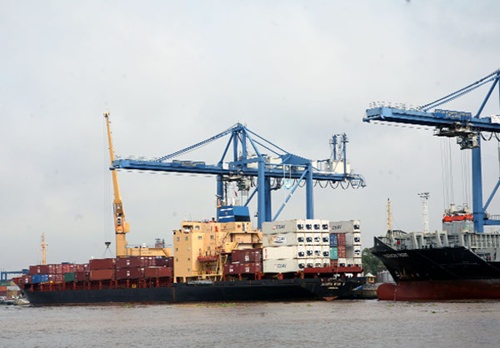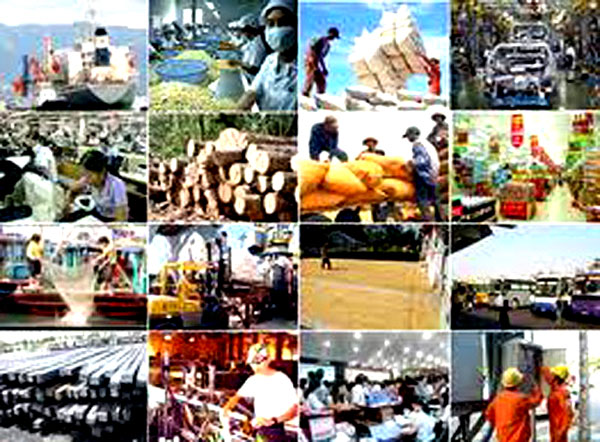Vietnam blames ineffective tourism promotion campaigns on shoestring budget
Vietnam blames ineffective tourism promotion campaigns on shoestring budget
Vietnam would have been able to launch more effective campaigns to promote its tourism had it had a deeper pocket, the head of the country’s tourism administration said Sunday.
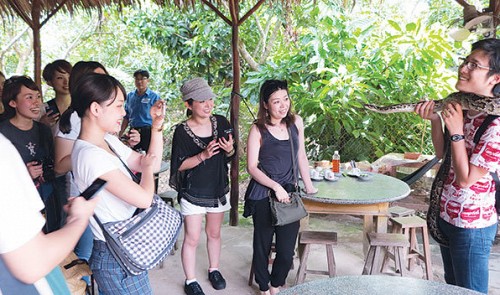
The tight budget earmarked annually for the tourist industry is meant for a number of different activities so intensifying promotional tasks is a tough issue, Nguyen Van Tuan, chief of the Vietnam National Administration of Tourism (VNAT), said at a meeting in Hanoi.
The event, intended to seek solutions for improving the effectiveness of Vietnamese tourism promotion campaigns, was held as part of the Vietnam International Travel Mart 2015, which is running in the capital city from April 3 to 6.
The travel mart, the largest of its kind in Vietnam, is organized at a time when the Southeast Asian country is grappling to lure more international holidaymakers, with arrival number plunges recorded for most of its traditional markets such as China, Russia, and the EU.
Vietnam generates around US$700 million in tourism revenue a year, and only around $1.5 million is set aside for promotion activities, according to the VNAT chief.
“It’s hard to launch effective campaigns with such a modest budget,” he admitted.
Tuan said Vietnam is even lagging behind Cambodia, which has a quite young tourist industry.
“[Cambodia] has a very professional tourist industry, and Vietnam is way behind Singapore, Thailand, and Malaysia,” he said.
Vietnam spent $2.5 million promoting its tourism last year, whereas the respective budgets of Cambodia and Thailand were $3.5 million and $86 million, according to data from the Hanoi-based Institute for Tourism Development Research.
Malaysia and Singapore had generous budgets to boost tourism, which were $130 million and $100 million, respectively.
International tourists are reportedly switching to spending their holidays in Thailand and Malaysia, whose promotion campaigns are more heavily invested and where traveling costs are arguably more competitive than those of Vietnam.
Vietnamese tourists, meanwhile, are seen as valued customers of tour organizers in Thailand, Malaysia, and Japan as they are willing to pay for overseas trips.
“The tourism administrations [of other countries] provide financial support to run ads in Vietnamese media or to print leaflets or brochures,” Nguyen Quoc Ky, general director of Vietravel, a leading travel firm in Vietnam, explained why Vietnamese tourists are fascinated by tour packages offered by other regional countries.
Around five million Vietnamese people spent their holidays outside their country last year, a healthy growth rate of up to 20 percent, according to the Vietnam Travel Association.
“If each Vietnamese vacationer spends an average of $300 per trip, Vietnam loses some $1.5 billion from tourist spending annually,” said the association’s deputy chairman Vu The Binh.
Attending international travel exhibitions is a golden chance for Vietnam to introduce its beauty to tourists around the globe, but the shoestring budget only permits it to attend a limited number of such events.
“We have to choose to attend expos only in some of the most important markets, such as Japan, Germany, and the UK, and call for local tourism companies to join us,” Binh said.
Vietnam has also been criticized for putting up booths that are poorly decorated and uninformative at international travel fairs.
“The promotional task should be assigned to an independent unit rather than those at the VNAT, as what is being done at the moment,” Binh suggested.



